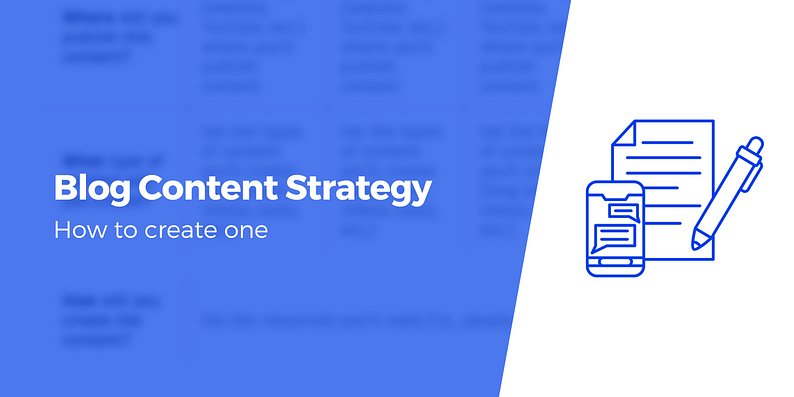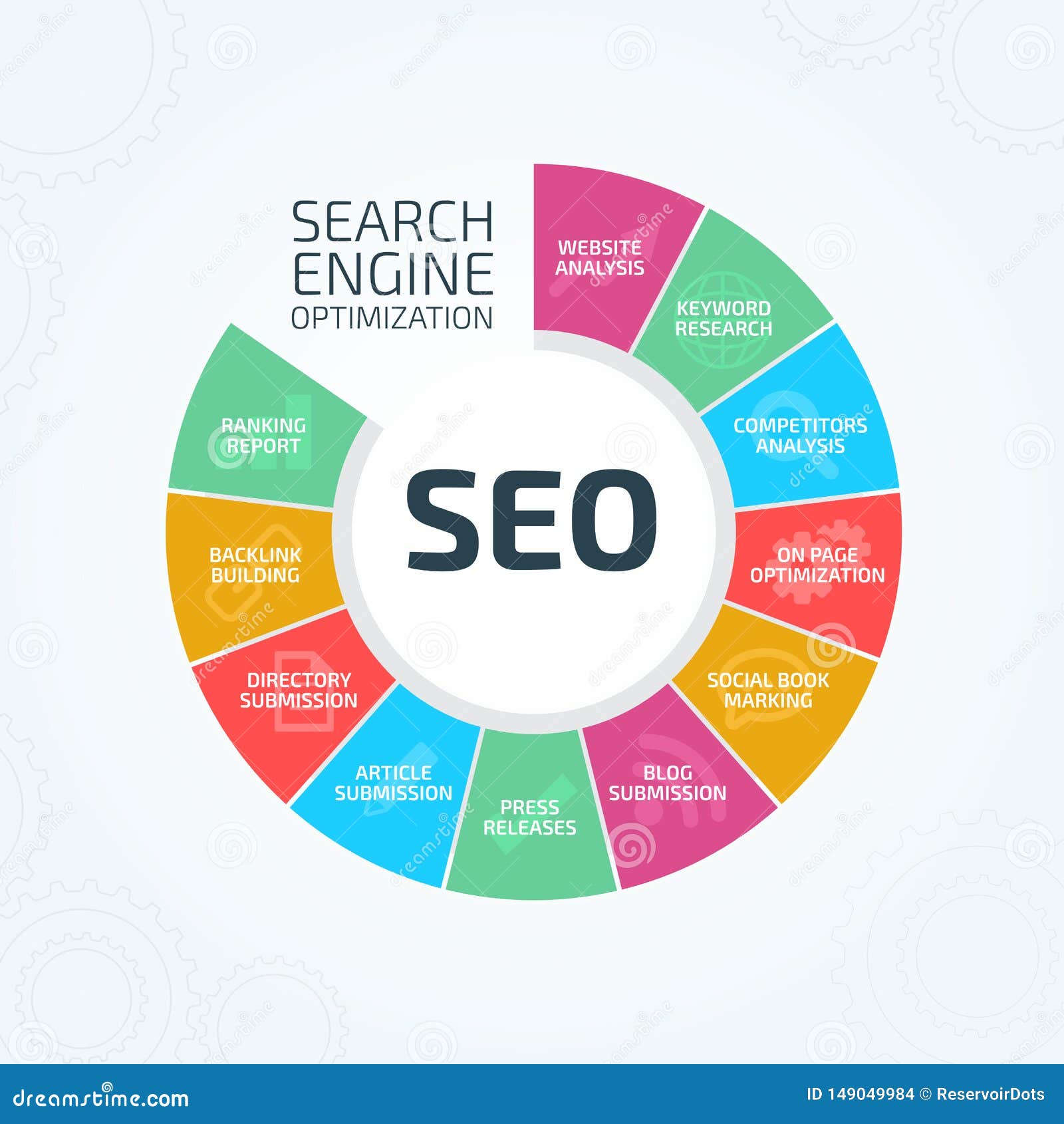
In the ever-evolving world of digital content, the way you write can make or break your blog’s success. While SEO strategies and keyword optimization are essential, they’re only part of the equation. The language, tone, and inclusive writing you choose directly influence how readers perceive your brand, engage with your content, and ultimately, whether they return for more.
For bloggers, marketers, and content creators, mastering these elements is not just a best practice—it’s a necessity. Whether you’re targeting a niche audience or aiming for broad appeal, the right language and tone can build trust, foster connection, and drive conversions. Meanwhile, inclusive writing ensures that your message resonates with a wider, more diverse audience.
This article will guide you through the essentials of crafting compelling, inclusive, and strategically-toned blog content that stands out in today’s competitive digital landscape.
What Is Language, Tone, and Inclusive Writing and Why It Matters
At its core, language refers to the words and phrases you use in your writing. But it’s not just about vocabulary—it’s about how those words are structured, the connotations they carry, and how they resonate with your audience.
Tone is the emotional and stylistic “voice” of your writing. It determines whether your content feels professional, friendly, authoritative, or inspirational. A well-chosen tone aligns with your brand identity and audience expectations, making your message more relatable and effective.
Inclusive writing is the practice of using language that respects and represents all people, regardless of their background, identity, or experience. It involves avoiding stereotypes, using respectful terminology, and ensuring that your content is accessible and welcoming to everyone.
Together, these three elements form the foundation of impactful blog content. They influence:
- Reader engagement
- Brand perception
- SEO performance (through improved dwell time and lower bounce rates)
- Audience inclusivity
As search engines become more sophisticated, they’re increasingly prioritizing content that’s not only informative but also engaging, accessible, and human-centric. That’s why understanding and applying the principles of language, tone, and inclusive writing is more important than ever.
How Language, Tone, and Inclusive Writing Impact SEO Performance
While language, tone, and inclusive writing aren’t direct ranking factors, they significantly affect user experience, which is a key component of SEO.
Here’s how each element contributes to better SEO performance:
1. Language and Readability
Clear, concise, and well-structured language improves readability, which keeps users on your page longer. Search engines like Google reward pages with high dwell time and low bounce rates. Using plain language and avoiding jargon also helps your content reach a broader audience, including non-native speakers and those with varying levels of education.
2. Tone and Engagement
A consistent and appropriate tone builds trust with your audience. Readers are more likely to share, comment, and return to content that feels authentic and aligned with their values. This increases engagement metrics, which are signals that search engines use to determine content quality.
3. Inclusive Writing and Accessibility
Inclusive writing makes your content more accessible to a wider range of users, including those with disabilities. This not only enhances user experience but also aligns with WCAG (Web Content Accessibility Guidelines), which are becoming increasingly important for SEO. Accessible content also tends to perform better in voice search and other emerging technologies.
By focusing on these elements, you create content that is not only optimized for search engines but also for real people—your readers.
Step-by-Step Implementation Framework
To effectively apply language, tone, and inclusive writing in your blog content, follow this practical framework:
1. Define Your Audience and Purpose
Start by identifying who your target readers are and what you want them to do after reading your post. Are they looking for information, inspiration, or entertainment? Understanding your audience helps you choose the right tone and language.
Example: If your audience is young professionals, a casual and conversational tone may work best. For a B2B audience, a more formal and data-driven tone might be more appropriate.
2. Choose the Right Tone
Based on your audience and purpose, select a tone that matches their expectations. Consider the following options:
- Authoritative: For educational or professional content.
- Conversational: For lifestyle, travel, or personal development blogs.
- Empathetic: For healthcare, mental health, or social issues.
- Uplifting: For motivational or self-help content.
- Neutral: For news, reviews, or product descriptions.
Use tools like Grammarly or Hemingway Editor to analyze your tone and ensure consistency.
3. Practice Inclusive Language
Avoid assumptions and biases in your writing. Use terms that are respectful and representative of all individuals. For example:
- Instead of “the elderly,” use “older adults.”
- Instead of “blind,” use “visually impaired.”
- Instead of “he” or “she,” use “they” or rephrase sentences to avoid pronouns when possible.
Use inclusivity checkers like Textio or Microsoft Word’s accessibility features to flag potential issues.
4. Optimize for Readability
Break up long paragraphs, use subheadings, and include bullet points where appropriate. This makes your content easier to scan and digest, improving both user experience and SEO.
5. Test and Refine
Collect feedback from your audience and analyze metrics like bounce rate, time on page, and social shares. Use A/B testing to see which tone and language resonate most with your readers.
Real or Hypothetical Case Study
Let’s look at a hypothetical case study of a wellness blog that implemented these strategies:
Before:
– The blog used a formal, academic tone.
– It included outdated terms like “crazy” and “insane.”
– The content was dense and hard to read.
After:
– The tone was shifted to a friendly, encouraging style.
– Inclusive language was adopted, such as replacing “the disabled” with “people with disabilities.”
– The content was broken into shorter paragraphs with clear headings.
Results:
– Bounce rate decreased by 30%.
– Time on page increased by 40%.
– Social shares doubled within six months.
This case study shows how small changes in language, tone, and inclusivity can lead to significant improvements in engagement and performance.
Tools and Techniques for Language, Tone, and Inclusive Writing
Here are some of the most useful tools and techniques to help you master language, tone, and inclusive writing:
- Grammarly – Checks for grammar, tone, and clarity.
- Hemingway Editor – Highlights complex sentences and suggests simpler alternatives.
- Textio – Helps identify and replace biased language.
- Microsoft Word’s Accessibility Checker – Reviews content for gender, age, and ability bias.
- AI Writing Assistants – Tools like ChatGPT or BloggrAI can help generate content that aligns with your brand’s tone and style.
These tools not only improve the quality of your writing but also save time and ensure consistency across your content.
Future Trends and AI Implications
As AI becomes more integrated into content creation, the role of language, tone, and inclusive writing will continue to evolve. Emerging technologies like Google’s SGE (Search Generative Experience) and voice search are pushing the need for more natural, conversational, and accessible content.
In the future, we can expect:
- More advanced AI tools that can automatically adjust tone and language based on audience and platform.
- Greater emphasis on emotional intelligence in AI-generated content.
- Increased focus on multimodal content, including text, audio, and video, which requires even more attention to language and tone.
To stay ahead, start experimenting with AI tools and refine your approach to inclusive writing now.
Key Takeaways
- Language shapes how your content is perceived and understood.
- Tone influences reader engagement and brand trust.
- Inclusive writing ensures your content is accessible and respectful to all audiences.
- Tools like Grammarly, Textio, and AI assistants can help you implement these strategies efficiently.
- By focusing on these elements, you’ll create content that resonates with readers and performs well in search engines.
Ready to elevate your blog content? Start by refining your language, tone, and inclusive writing today.
Meta Title: Mastering Language, Tone & Inclusive Writing for Effective Blog Content
Meta Description: Learn how to craft engaging, inclusive, and strategically-toned blog content that resonates with your audience and boosts SEO performance.
SEO Tags (5):
– Language and Tone in Blogging
– Inclusive Writing Tips
– SEO Content Strategy
– Blog Post Tone Guide
– Accessible Content Practices
Internal Link Suggestions:
– Parameter #1: Keyword Research for Bloggers
– Parameter #4: On-Page SEO Best Practices
– Parameter #7: User Experience and Content Quality
External Source Suggestions:
– https://www.apstylebook.com – AP Stylebook for inclusive language guidelines
– https://www.w3.org/WAI/standards-guidelines/wcag/ – WCAG accessibility guidelines
– https://www.grammarly.com – Grammarly for tone and clarity checks











